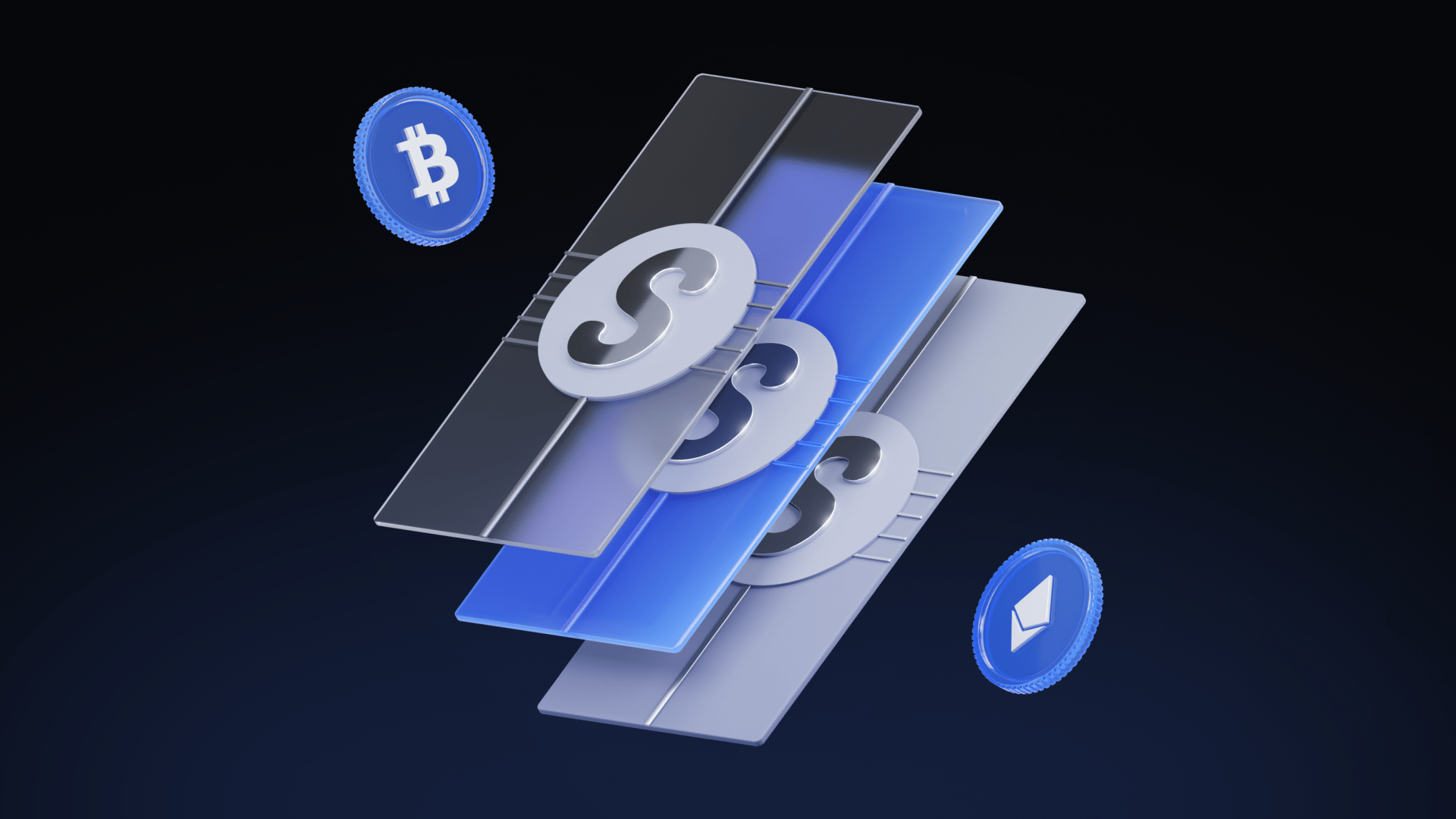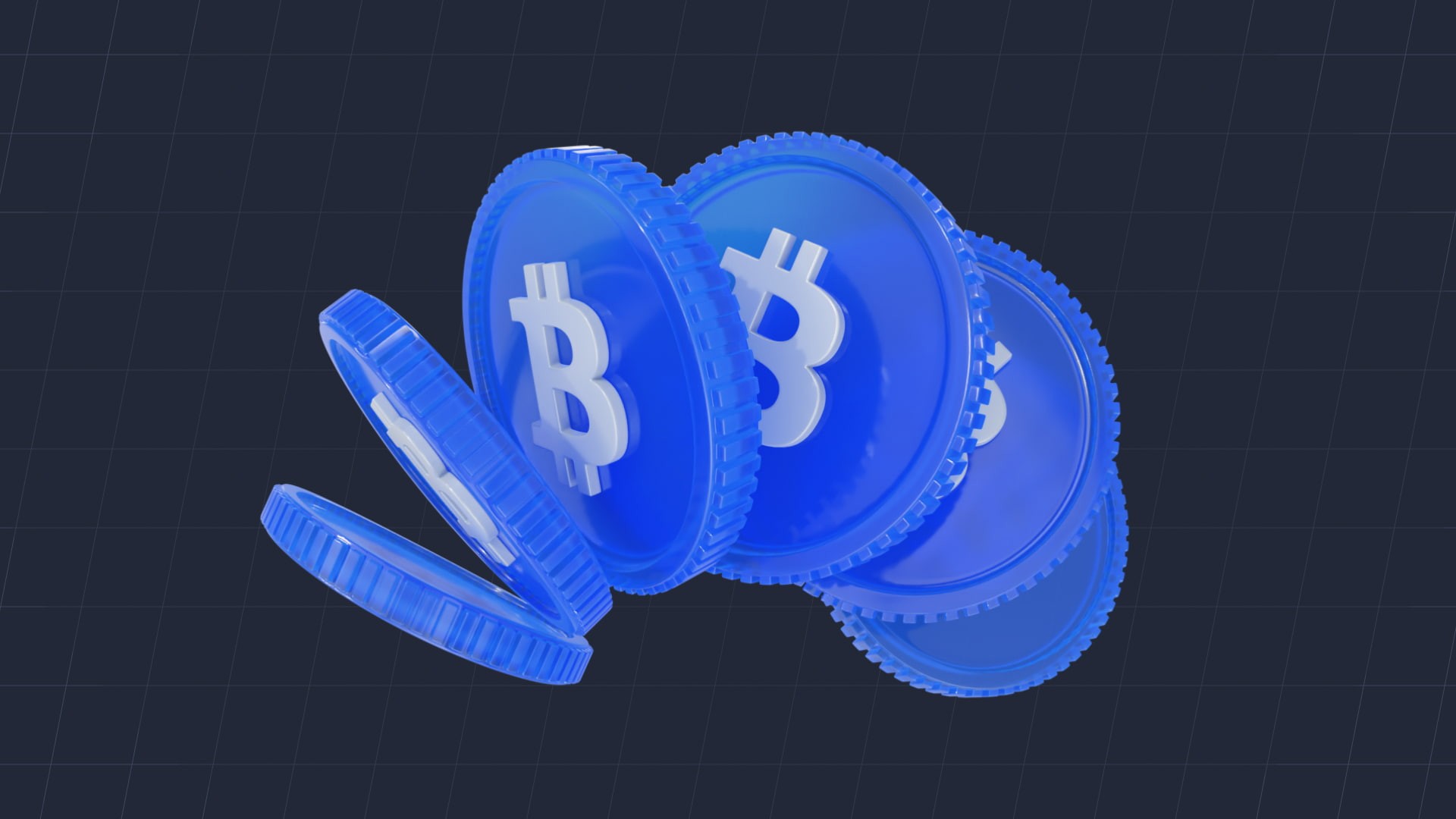The Ultimate Monetary System: The world of finance and monetary systems is constantly evolving, and new technologies are emerging every day. One such innovation is the Tectum blockchain, which aims to revolutionize the way we transfer, store, and use money.

In this ultimate guide, we will delve into the concept of a monetary system, the limitations of traditional systems, and the potential benefits of Tectum SoftNote as a new monetary system.
The Ultimate Monetary System: Key Features
When it comes to a perfect monetary system, there are four key features to consider:
- Security against counterfeiting and theft
- Scalability for worldwide use
- Fungibility with equal value for each unit of currency
- Decentralization to avoid manipulation and overproduction
Gold Currency System
In the past, people traded valuable items like gold and silver to exchange value. This physical gold system was secure since it was difficult to counterfeit, decentralized as no one controlled the supply, transparent, and fungible. However, it had low scalability because gold is heavy and not easily divided.
Gold Standard
In 1871, the gold standard emerged to simplify value exchange. Banks developed lighter representations of gold as banknotes, which could be redeemed for gold and were issued by central banks.
This system was secure with the consistent value of gold, had some decentralization as gold still determined the value of the notes, and was more scalable as notes were easier to trade. However, banks didn’t show proof of their gold reserves, so trust in the system was lost over time.
Federal Reserve
Established in 1913, the US Federal Reserve began as a private institution responsible for printing US currency. At first, the Federal Reserve backed each US dollar with a specific amount of gold stored in its vaults. This system offered high security due to gold’s secure nature, increased scalability with easily obtainable and tradable notes, and transparency through the Federal Reserve’s declarations of gold reserves and printing activities.
However, the Federal Reserve was in complete control of the printing and susceptible to manipulation, leading to the modern fiat financial system we have today. The integration of digital banking improved scalability, but the public lost trust in the Federal Reserve’s management of the money supply, especially during the 2008 recession and recent dramatic increases in the M2 money supply. Fractional reserve banking and the lowering of reserve requirements to 0% have also caused concern.
The Federal Reserve is the central bank of the United States. It performs five key economic functions in the public interest to help promote the healthy U.S. economy, including promoting the stability of a financial system. Learn more: (1/2) https://t.co/dGvcR3T4s8
— Federal Reserve (@federalreserve) May 8, 2023
Bitcoin
Bitcoin was created in 2009 to address the centralization issue. It is secure and decentralized, with a protocol that has never been hacked. Bitcoin is also fungible as all Bitcoins are identical. However, it lacks scalability with only 7 transactions per second. Other cryptocurrencies have tried to address this issue, but none have matched Bitcoin’s other attributes. More on how cryptocurrencies work.
The Ultimate Monetary System: SoftNote
In 2020, we developed SoftNote to tackle the scalability issue while maintaining the secure and decentralized essence of Bitcoin. Digital banknotes called Softnotes represent ownership of Bitcoin wallets and enable instant, fee-free transfers anywhere using the lightning-fast Tectum blockchain. Uniquely, they don’t directly transfer BTC but only transfer the ownership of the BTC wallet address. Many consider Softnotes with Bitcoin the ultimate monetary system.
- Tackling scalability issues while maintaining the security and decentralization of Bitcoin
- Digital banknotes called SoftNote represent ownership of Bitcoin wallets
- Enabling instant, fee-free transfers using the Tectum blockchain
- SoftNote transfers ownership of the BTC wallet address rather than directly transferring BTC
*For more online resources and information on how cryptocurrency work, especially how the TET token works, Tectum has a number of resources on YouTube.

